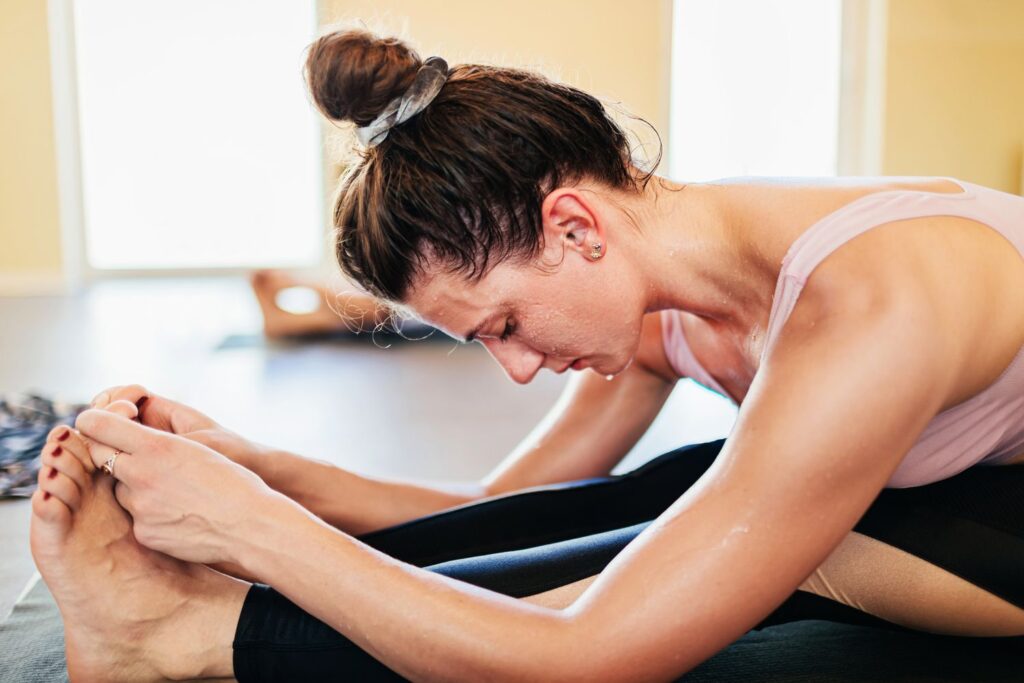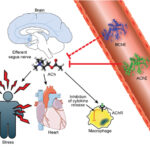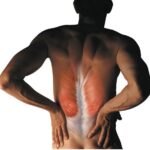Muscle relaxation is a fundamental practice that helps alleviate stress, reduce muscle tension, and promote overall well-being. Whether due to physical exertion, anxiety, or medical conditions, muscle tightness can lead to discomfort and hinder daily activities. This article explores effective muscle relaxation techniques, their benefits, and how to incorporate them into daily life.

Understanding Muscle Relaxation
Muscle relaxation refers to the deliberate process of reducing muscle tension through various physical and mental techniques. It plays a crucial role in stress management and physical recovery, aiding in the prevention of conditions such as muscle fatigue, headaches, and chronic pain.
Types of Muscle Relaxation Techniques
1. Progressive Muscle Relaxation (PMR)
Progressive Muscle Relaxation (PMR) is a widely used technique that involves tensing and then slowly releasing different muscle groups to achieve full-body relaxation.
How to Perform PMR:
- Find a quiet, comfortable place to sit or lie down.
- Start by tensing a specific muscle group (e.g., hands) for 5–10 seconds.
- Gradually release the tension while focusing on the sensation of relaxation.
- Repeat for each muscle group, moving from head to toe.
2. Deep Breathing Techniques
Deep breathing is a simple yet effective way to relax muscles and reduce stress. It increases oxygen flow, which helps lower heart rate and blood pressure.
Steps for Deep Breathing:
- Inhale deeply through the nose for four seconds.
- Hold the breath for four seconds.
- Exhale slowly through the mouth for six seconds.
- Repeat for five minutes.
3. Stretching Exercises
Stretching promotes muscle flexibility and reduces stiffness, making it a vital relaxation technique.
Best Stretching Exercises for Muscle Relaxation:
- Neck stretches: Slowly tilt the head from side to side.
- Shoulder rolls: Rotate shoulders forward and backward.
- Hamstring stretch: Extend one leg forward and reach toward the toes.
- Spinal twist: Sit cross-legged and twist the torso gently.
4. Meditation and Mindfulness
Mindfulness and meditation enhance mental relaxation, which, in turn, eases muscle tension. Guided imagery, body scans, and focused attention help create a sense of calm.
How to Meditate for Muscle Relaxation:
- Sit in a quiet place with a straight posture.
- Close your eyes and focus on your breathing.
- Visualize a peaceful setting (e.g., a beach or a forest).
- Allow stress to dissipate with each breath.
5. Massage Therapy
Massage helps loosen tight muscles, improves circulation, and promotes relaxation.
Types of Massage for Muscle Relaxation:
- Swedish massage: Light, flowing strokes to relax muscles.
- Deep tissue massage: Targets deeper muscle layers for tension relief.
- Trigger point therapy: Focuses on specific muscle knots.
6. Heat and Cold Therapy
Applying heat or cold to affected areas can ease muscle tightness and pain.
When to Use:
- Heat therapy (warm towels, heating pads) for chronic muscle stiffness.
- Cold therapy (ice packs) for acute muscle pain and inflammation.
7. Yoga for Muscle Relaxation
Yoga combines breathing, stretching, and meditation to promote full-body relaxation.
Best Yoga Poses for Relaxation:
- Child’s pose: Stretches lower back and hips.
- Downward dog: Relieves tension in the shoulders and legs.
- Corpse pose: Encourages deep relaxation.
Benefits of Muscle Relaxation
1. Reduces Stress and Anxiety
Muscle relaxation techniques lower cortisol levels, the stress hormone, promoting a sense of calm.
2. Improves Sleep Quality
Relaxing muscles before bed can help individuals fall asleep faster and experience deeper rest.
3. Enhances Blood Circulation
Relaxed muscles allow for better blood flow, improving oxygen delivery to tissues and reducing muscle soreness.
4. Decreases Risk of Muscle Injuries
Tensed muscles are more prone to injury. Regular relaxation exercises enhance flexibility and mobility.
5. Boosts Mental Clarity and Focus
Reducing muscle tension leads to improved cognitive function and concentration.
Muscle relaxation is a crucial practice for overall well-being, helping to reduce stress, alleviate tension, and improve physical and mental health. By incorporating techniques such as progressive muscle relaxation, deep breathing, stretching, and mindfulness into daily routines, individuals can experience significant benefits. Prioritizing muscle relaxation fosters long-term health and enhances quality of life.

